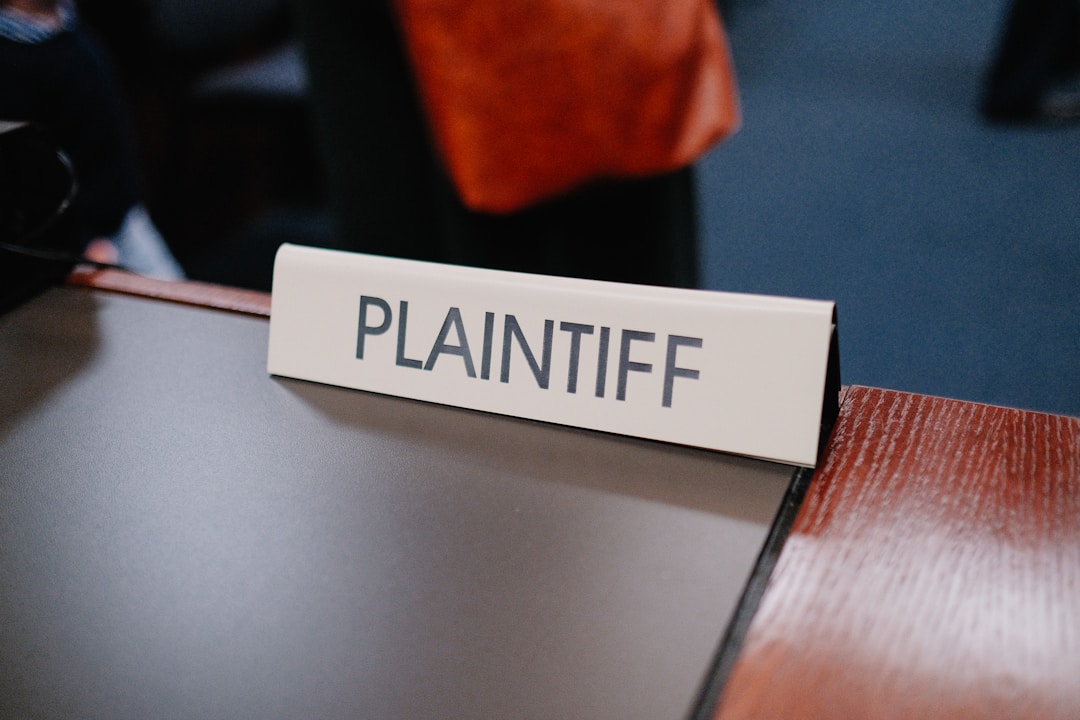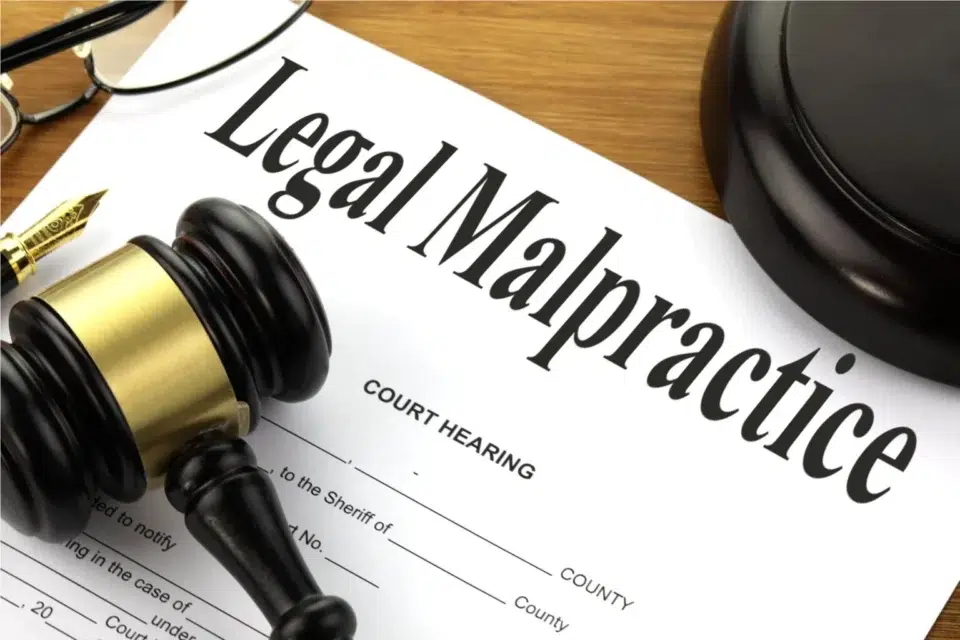When accidents happen and injuries ensue, navigating the complexities of the legal system can be overwhelming for many individuals. Personal injury law, a significant branch of civil law, empowers those harmed by the negligence or intentional acts of others to seek compensation.
Understanding personal injury claims is pivotal for ensuring that victims receive the justice and financial reimbursement they’re entitled to. In this article, we’ll explore the fundamentals of personal injury law, crucial elements such as negligence, and the importance of having adept legal representation to guide you through the process.
Understanding Personal Injury Claims: A Comprehensive Overview
Personal injury claims arise when an individual suffers harm from an accident or injury, and someone else might be legally responsible for that harm. The spectrum of personal injury cases can range from a car accident to a slip and fall on someone else’s property. Each claim revolves around the central question of liability – determining who is responsible for the injury – and damages, quantifying the extent of the victim’s losses.
Initializing a personal injury case begins with the plaintiff, the injured party, filing a complaint against the defendant, who allegedly caused the harm. This legal document details the allegations and sets the stage for the litigation process. From there, both parties engage in a phase known as discovery, exchanging information and building their respective cases.
The vast majority of personal injury cases never reach a courtroom, with settlements being the most common resolution. However, if negotiations fail, the case may proceed to trial, where a judge or jury will render a verdict. Regardless of the path a personal injury case takes, the fundamental goals remain the same – to compensate the plaintiff for medical expenses, lost wages, and pain and suffering. An adept legal advisor from the Richard Harris law firm, such as abogado Richard Harris, can offer invaluable guidance on navigating the intricate details and achieving a fair outcome.
The Role of Negligence in Personal Injury Cases

Negligence is a cornerstone concept in most personal injury cases, serving as the legal basis for establishing fault. To prove negligence, the plaintiff must demonstrate that the defendant owed a duty of care, breached that duty, and directly caused the resulting injuries. The duty of care represents an obligation to act as a reasonable person would under similar circumstances.
Once an owed duty is established, the plaintiff must show that the defendant’s actions or inactions were not in line with the expected standard of care. For instance, in the context of a car accident, a driver running a red light would be considered a breach of the duty owed to other roadway users. This breach must then be the direct cause of the plaintiff’s injuries for a negligence claim to stand.
Causation in personal injury law can be tricky to prove, often necessitating concrete evidence and expert testimonies. The plaintiff must show the connection between the defendant’s breach and their injuries is clear and direct, free from external factors that could break the causal chain. This is where detailed documentation and professional legal counsel become paramount.
Comparative Fault: Navigating Shared Responsibility in Injury Claims
In many personal injury cases, fault is not always straightforward, with multiple parties potentially contributing to the accident. Comparative fault laws address such situations by assigning a degree of fault to each involved party. This determination shapes the compensation the plaintiff can recover, reducing it according to their percentage of responsibility.
Under pure comparative fault rules, a plaintiff can recover damages even if they’re found to be more responsible than the defendant, while modified comparative fault restricts recovery to cases where the plaintiff’s level of fault is below a certain threshold, commonly set at 50 percent. The nuances of these rules highlight the importance of a meticulously prepared legal strategy.
The Importance of Legal Representation in Personal Injury Proceedings

Personal injury proceedings can become complex and adversarial, highlighting the importance of having skilled legal representation. A proficient personal injury attorney brings to the table a deep understanding of the law, the ability to construct a compelling case, and the expertise to navigate the procedural intricacies of the court system.
An attorney will advocate on the plaintiff’s behalf, whether in settlement discussions or at trial. In negotiations, legal representation could mean the difference between a subpar settlement and one that fully accounts for the client’s injuries and associated losses. Lawyers are not only savvy negotiators but also equipped to litigate should settlement efforts fall through.
Overall, navigating the legalities of personal injury claims requires a detailed understanding of negligence, comparative fault principles, strict adherence to the statute of limitations, and the benefits of professional legal representation. With the right legal guidance, victims can successfully pursue the compensation they deserve for their losses.
